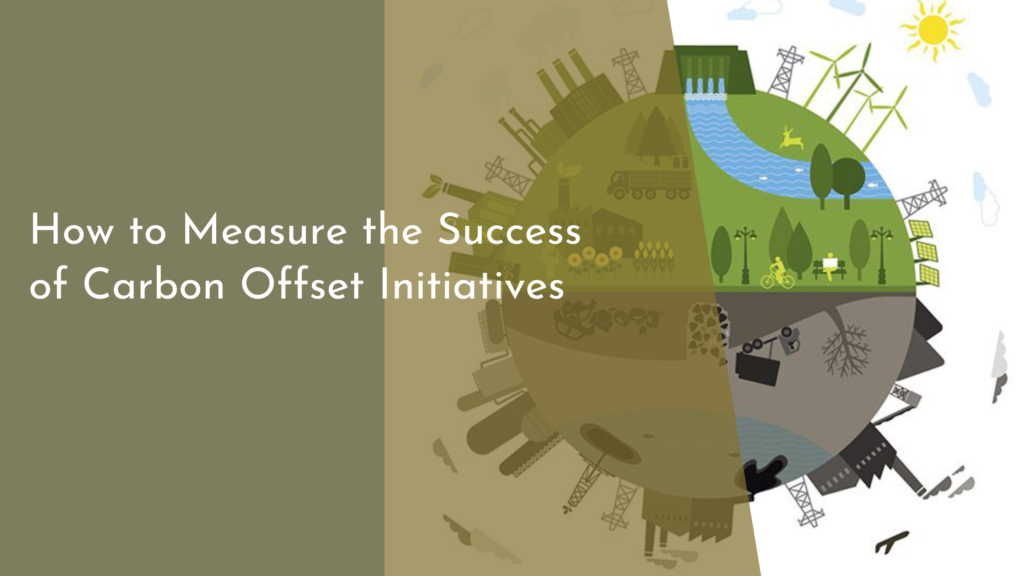Building Nesting Boxes for Endangered Bird Species
Building nesting boxes for endangered bird species is a rewarding endeavor that not only contributes to wildlife conservation but also connects us with nature. As urban development encroaches on natural habitats, many bird species find it increasingly difficult to locate safe nesting sites. By constructing nesting boxes, we can provide these birds with secure places to lay their eggs, raise their young, and thrive in their environments. This article will guide you through the importance of nesting boxes, the materials needed, a step-by-step building guide, and essential tips for placement and maintenance.
Creating a nesting box is a simple yet impactful way to support endangered bird species. Many birds rely on natural cavities in trees or other structures to create their nests. However, as these habitats diminish, the need for artificial nesting sites becomes crucial. By providing nesting boxes, we can help sustain bird populations, promote biodiversity, and encourage the return of species that may have previously been lost from our local ecosystems. With a little effort and creativity, anyone can contribute to the conservation of these beautiful creatures.
Why Nesting Boxes Matter for Endangered Birds
Nesting boxes play a vital role in the conservation of endangered bird species by offering safe and secure environments for breeding. Many birds face threats from habitat loss, predation, and competition for nesting sites. By providing artificial nests, we can help mitigate these challenges and support the recovery of vulnerable populations. Nesting boxes can also serve as a monitoring tool for researchers and conservationists, allowing them to study breeding behaviors, population dynamics, and the overall health of various species.
Furthermore, nesting boxes can foster community engagement and awareness about the importance of protecting endangered birds. When individuals and families participate in building and placing nesting boxes, they develop a deeper appreciation for wildlife conservation. This hands-on approach encourages people to learn about local bird species, their habitats, and the ecological challenges they face. By promoting awareness and involvement, we can inspire a new generation of conservationists dedicated to protecting our feathered friends.
Choosing the Right Materials for Your Nesting Box
When building nesting boxes, selecting the appropriate materials is crucial for ensuring durability and safety for the birds. The most commonly used material is untreated wood, such as cedar or pine, which provides excellent insulation and is resistant to decay. Avoid using pressure-treated wood, as the chemicals can be harmful to birds. Additionally, consider using exterior-grade plywood, which can withstand the elements while providing a sturdy structure for nesting.
In addition to wood, other materials like screws, nails, and hinges should be rust-resistant to ensure the longevity of your nesting box. You may also want to incorporate a removable front panel for easy access during maintenance. For the interior, avoid using any toxic finishes or paints that could pose a risk to the birds. Finally, consider adding drainage holes at the bottom of the nesting box to prevent water accumulation, which can lead to mold and other issues that could jeopardize the health of the nesting birds.
Step-by-Step Guide to Building Your Nesting Box
Building a nesting box is a straightforward project that can be completed with basic tools and materials. Start by gathering your supplies: untreated wood, screws or nails, a saw, a drill, and sandpaper. Cut the wood into the following dimensions: one back panel, one front panel with an entrance hole, two side panels, one bottom panel, and one roof panel. The size of the entrance hole will depend on the specific bird species you are targeting, so be sure to research the appropriate dimensions.
Once you have all your panels cut, begin assembling the box by attaching the side panels to the back panel. Next, secure the bottom panel to the sides and back. Attach the front panel, ensuring that the entrance hole is positioned correctly. Finally, add the roof panel, allowing it to overhang slightly to protect against rain. Sand down any rough edges to prevent injury to the birds, and consider adding ventilation holes near the top of the box. Once assembled, you can paint or decorate the exterior if desired, but remember to use non-toxic materials.
Tips for Placing and Maintaining Your Nesting Boxes
Placement is key to ensuring the success of your nesting boxes. Choose a location that is sheltered from harsh weather conditions and predators, such as cats and raccoons. Ideally, the boxes should be mounted at least 5 to 10 feet above the ground on a tree, pole, or building. Ensure that the entrance hole faces away from prevailing winds to protect the birds from the elements. Additionally, consider placing multiple boxes in close proximity to encourage breeding and increase the chances of successful nesting.
Regular maintenance is essential for keeping your nesting boxes in good condition. Inspect the boxes at least once a year, preferably in late winter or early spring, before the breeding season begins. Clean out any old nesting material and debris to prevent the spread of parasites and diseases. Check for signs of wear and tear, and make any necessary repairs. By maintaining your nesting boxes, you not only provide a safe haven for endangered birds but also enhance your local ecosystem and contribute to the conservation of these magnificent creatures.
Creating nesting boxes for endangered bird species is a fulfilling and impactful way to help our feathered friends thrive in a rapidly changing world. By understanding the importance of nesting boxes, choosing the right materials, and following a simple building guide, anyone can contribute to the conservation of these beautiful birds. Moreover, with thoughtful placement and regular maintenance, your nesting boxes can become a vital resource for local bird populations. So gather your materials, roll up your sleeves, and embark on this delightful project that not only benefits wildlife but also enriches your connection with nature!

